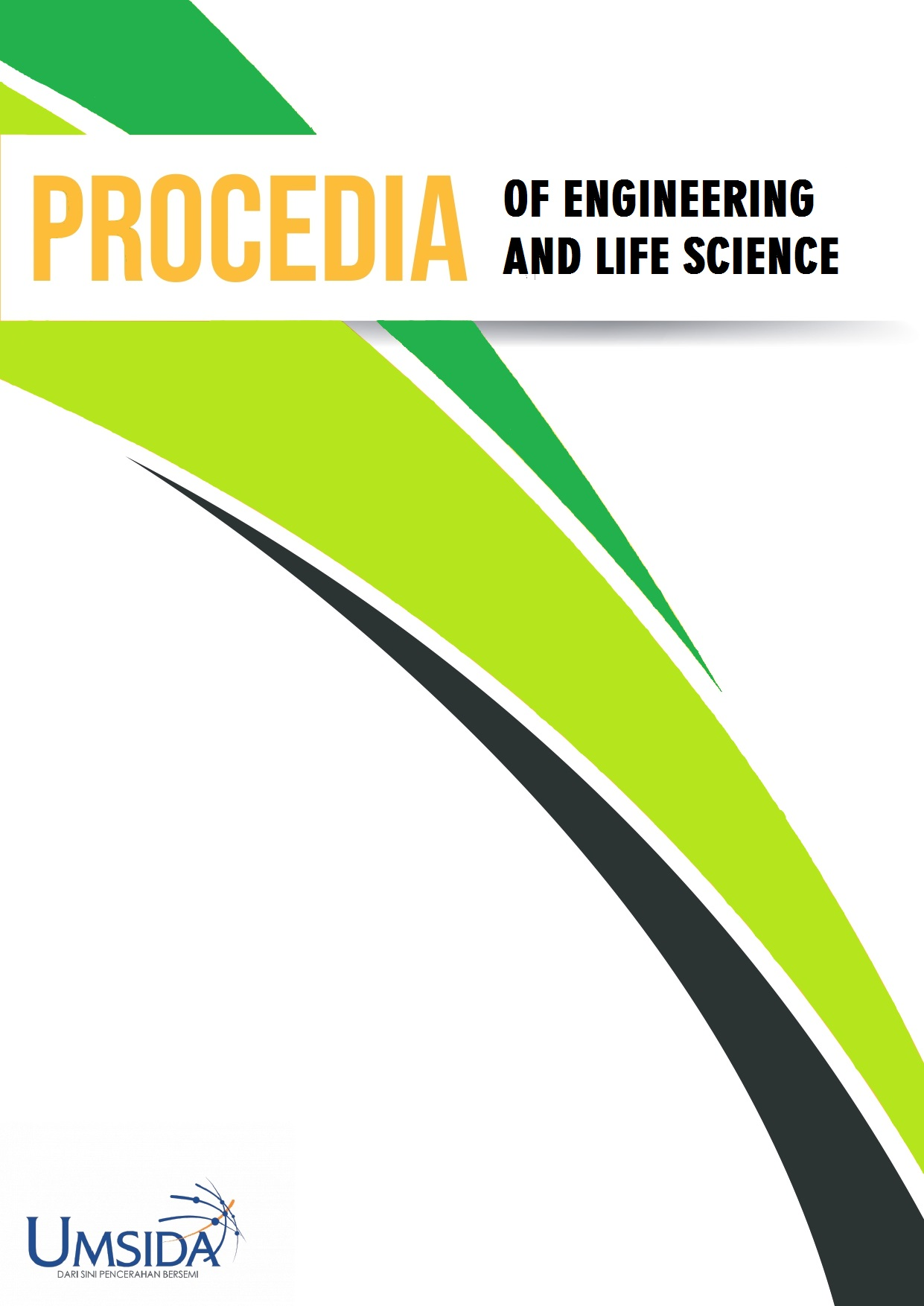Security Model for the privacy of Big Data in Health Care Cloud using Fog Computing
DOI:
https://doi.org/10.21070/pels.v8i2.2566Keywords:
Health Care Cloud Security, Big Data Privacy, Fog Computing, Encryption in Healthcare, Anomaly Detection in Cloud Systems.Abstract
General Background: The rapid integration of big data within health care cloud systems has transformed clinical data management but also intensified concerns regarding security and patient privacy. Specific Background: Existing cloud-based health infrastructures struggle to ensure confidentiality, integrity, and low-latency access, particularly as data volumes grow and computational demands increase. Knowledge Gap: Current models emphasize encryption or access control in isolation and provide limited solutions for latency, localized processing, and multi-layer threat detection, with minimal exploration of fog computing as an integrated security enhancer. Aims: This study proposes a comprehensive security framework that strengthens privacy protection for big data in health care cloud environments through combined encryption, role-based access control, anomaly detection, and fog computing integration. Results: Simulation-based evaluation demonstrates notable improvements, including reduced latency, enhanced data privacy, and high fog-node efficiency, indicating effective real-time processing and minimized exposure of sensitive data. Novelty: The model introduces a multilayered security architecture that strategically incorporates fog nodes to enable localized analysis, secure key management, and dynamic threat detection, offering a holistic approach absent from prior studies. Implications: The findings highlight a scalable and efficient security paradigm capable of improving resilience, privacy preservation, and operational performance in modern cloud-based health care systems.
Highlight :
-
The model integrates encryption, RBAC, and anomaly detection to strengthen data confidentiality in cloud-based healthcare systems.
-
Fog computing reduces latency and limits data exposure by enabling localized processing near data sources.
-
Simulation results show notable gains in latency reduction, data privacy, and fog node efficiency.
Keywords : Health Care Cloud Security, Big Data Privacy, Fog Computing, Encryption in Healthcare, Anomaly Detection in Cloud Systems.
Downloads
References
Smith, A., et al., “Hybrid Encryption Techniques for Health Data Security in Cloud Environments,” Journal of Health Information Security, vol. 10, no. 2, pp. 123–140, 2019.
Chen, B., et al., “Homomorphic Encryption for Confidential Processing of Health Data in Cloud Environments,” International Journal of Secure Healthcare Information Systems, vol. 15, no. 4, pp. 56–73, 2020.
Johnson, C., et al., “Role-Based Access Control in Health Care Cloud Environments: A Comprehensive Review,” Health Information Management Journal, vol. 23, no. 1, pp. 45–62, 2018.
Wang, L., and Li, M., “Behavior-Based Anomaly Detection for Cloud Security: A Comprehensive Survey,” Journal of Cloud Security, vol. 5, no. 3, pp. 189–210, 2017.
Santosh Kumar, S., Sushmitha, M., Sirisha, P., Shilpa, J., and Roopashree, D., “Sound Activated Wildlife Capturing,” IEEE International Conference on Recent Trends in Electronics, Information & Communication Technology (RTEICT), Bangalore, India, 2018, pp. 2250–2253, doi: 10.1109/RTEICT42901.2018.9012357.
Li, X., et al., “Fog Computing for Enhanced Privacy and Security in Healthcare IoT Systems,” Journal of Medical Internet Research, vol. 23, no. 2, e25739, 2021, doi: 10.2196/25739.
Zhang, Y., et al., “Secure Fog Computing: A Survey,” Journal of Cloud Computing: Advances, Systems and Applications, vol. 8, no. 1, p. 12, 2019, doi: 10.1186/s13677-019-0139-5.
Taylor, J., et al., “Big Data Analytics in Health Care: A Comprehensive Review,” International Journal of Medical Informatics, vol. 148, p. 104353, 2022, doi: 10.1016/j.ijmedinf.2020.104353.
Supreeth, S., Patil, K., Patil, S. D., and Rohith, S., “Comparative Approach for VM Scheduling Using Modified Particle Swarm Optimization and Genetic Algorithm in Cloud Computing,” IEEE International Conference on Data Science and Information System (ICDSIS), 2022, pp. 1–6, doi: 10.1109/ICDSIS55133.2022.9915907.
Lee, H., et al., “Privacy and Security in Cloud-Based Health Information Systems: A Review,” Journal of Medical Systems, vol. 44, no. 5, p. 96, 2020, doi: 10.1007/s10916-020-1549-8.
Santosh Kumar, S., and Bharathi, S. H., “Enhancing the Performance of Single-Channel Blind Source Separation by Using ConvTransformer,” International Journal of Communication Networks and Information Security, vol. 15, no. 2, pp. 159–170, 2023.
Kim, D., et al., “A Survey of Security in Fog Computing,” Future Generation Computer Systems, vol. 88, pp. 489–502, 2018, doi: 10.1016/j.future.2018.06.004.
Wang, L., et al., “A Comprehensive Survey on Fog Computing: State-of-the-Art and Research Challenges,” Journal of Network and Computer Applications, vol. 106, pp. 42–58, 2019, doi: 10.1016/j.jnca.2018.10.011.
Gupta, R., et al., “Security Models in Cloud Computing: A Comprehensive Survey,” Journal of Computing and Security, vol. 9, no. 4, pp. 245–265, 2017.
Kanagaraj, S., Hema, M. S., and Gupta, M. N., “Machine Learning Techniques for Prediction of Parkinson’s Disease Using Big Data,” International Journal of Innovative Technology and Exploring Engineering, vol. 8, no. 10, pp. 3788–3791, 2019.
Li, Z., et al., “An Overview of Fog Computing and Its Security Issues,” Journal of Computer Science and Technology, vol. 36, no. 2, pp. 339–359, 2021, doi: 10.1007/s11390-021-1345-z.
Sharma, S., et al., “Cloud Security Issues: A Survey,” International Journal of Computer Applications, vol. 180, no. 7, pp. 37–42, 2018.
Li, Q., et al., “A Comprehensive Survey of Fog Computing: Its Architecture, Applications, and Security Issues,” IEEE Access, vol. 8, pp. 18645–18663, 2020, doi: 10.1109/ACCESS.2020.2965701.
Chen, Y., et al., “Healthcare Big Data: A Comprehensive Review,” Journal of Health Informatics Research, vol. 3, no. 2, pp. 1–33, 2019, doi: 10.1007/s41666-018-00050-4.
Downloads
Published
How to Cite
Issue
Section
License
Copyright (c) 2025 Rasha Basim Yousif Al-khafaji

This work is licensed under a Creative Commons Attribution 4.0 International License.




